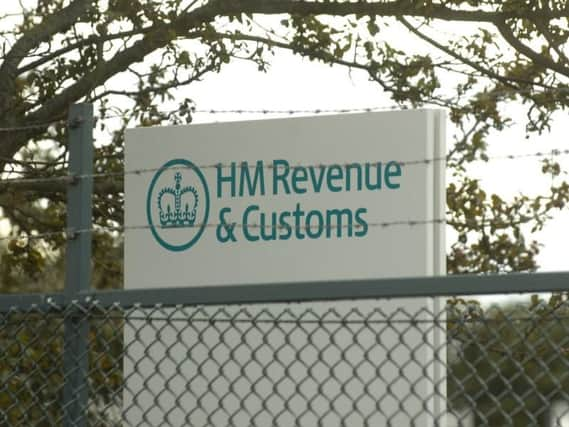Inheritance tax receipts fifth higher amid crackdown


The latest official figures from HMRC show total receipts are up by six per cent to £11.2bn on the same time last year.
Inheritance tax (IHT) receipts have surged by more than 20 per cent in the first four months of the tax year - signalling a more aggressive approach by HMRC, according to financial firm NFU Mutual. The HMRC figures show almost £2bn was taken from people’s estates between April and July.
Advertisement
Hide AdAdvertisement
Hide AdSean McCann, chartered financial planner at NFU Mutual, said: “It’s clear that the taxman is cracking down hard on inheritance tax by looking more closely at people’s estates and challenging claims for reliefs.
“When inheritance tax receipts rise, it’s usually because of a buoyant housing market. Now, with property prices stagnating, it’s difficult to see what could have caused such a sharp increase in receipts other than a more aggressive approach to inheritance tax.
He added: “The extra scrutiny from tax officials means those who haven’t taken professional advice or planned early could be caught out. This could have a catastrophic effect on family wealth. IHT is one of the more complex taxes and there are plenty of traps to fall foul of – as many families appear be finding out.”
Since the government’s flagship inheritance tax policy - the new Residents Nil Rate Band – was introduced in April, inheritance tax receipts have leapt by more than £330 million when compared to the same time last year.
The HMRC report said: "Receipts rose steadily until 2007-08 due to increases in the value of tax-liable assets in this period, particularly in the value of residential property. Receipts then fell sharply due to both the introduction of the Transferable Nil Rate Band for deaths occurring from October 2007 and a fall in the value of residential property in the second half of 2008 and in most of 2009.
"Since 2009-10, receipts have increased both in terms of annual revenue and as a proportion of GDP. Receipts increased substantially in 2015-16 as a result of rising asset values and a higher number of deaths in the final months of 2014-15 compared to the same period in previous years."